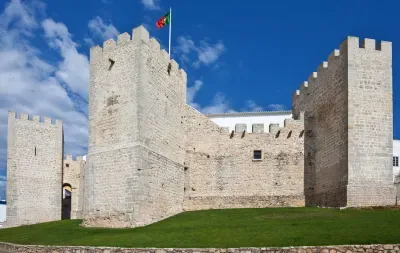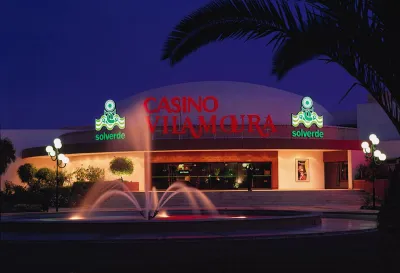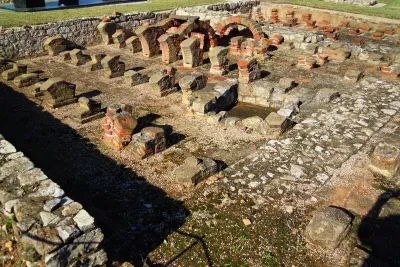Igreja de São Lourenço

The 17th century whitewashed church of São Lourenço de Amancil is somewhat unusual in appearance having more features than most churches of its size. To one side there is a bell tower to which a long staircase rises from the front of the building. The corners of the roof are decorated with pinnacles and adjacent to the bell tower is a copula.
Aquashow Park

Situated around 2km inland from Quarteira is the Aquashow Park, a huge complex centred around one of Portugal's largest water parks.
Aquashow is home to a good selection of water-based rides suitable for a range of ages. From adrenaline-fueled free fall slides to just bobbing around.
The rides themselves are all various combinations of slides, chutes and flumes with or without inflatable tubes. Where they vary is how high, twisty and fast they are but all finish with you shooting out of the end into a pool.
Loulé Castle

The castle at Loulé formed what would have been the northwestern corner of the city walls. What remains of the original castle are the gate tower and three further towers along with the walls that connect them. All seem in remarkably good condition, and this is largely due to the extensive restoration work during the 19th century.
Loulé Castle suffered extensive damage during the 1755 great earthquake and was again damaged by a much lesser earthquake in 1969.
Casino Vilamoura

If you fancy a flutter or a chance to rub shoulders with the footballers who have homes nearby, the Casino in the Quarteira coastal suburb of Vilamoura might be worth a visit.
The casino has twelve live table games (5 roulette, 4 blackjack and 3 Portuguese dice) as well as an area with 4 tables of Texan poker. The minimum bet at the roulette table is for €5. There are over 500 slot machines.
Museu de Cerro da Vila

The Cerro de Vila museum is located near the Quarteira suburb of Vilamoura, on the Algarve coastline. Some pretty interesting Roman archaeological excavations are to be found here, with most of the ruins located within the museum complex.
Vilamoura Marina

Vilamoura, with its interesting archaeological ruins, was once an important Roman fishing centre. Today, tourists flock to the area thanks to the sandy beaches and year-round sunny weather. But Vilamoura also pulls in the yachting set and the marina here is the largest in Portugal.
